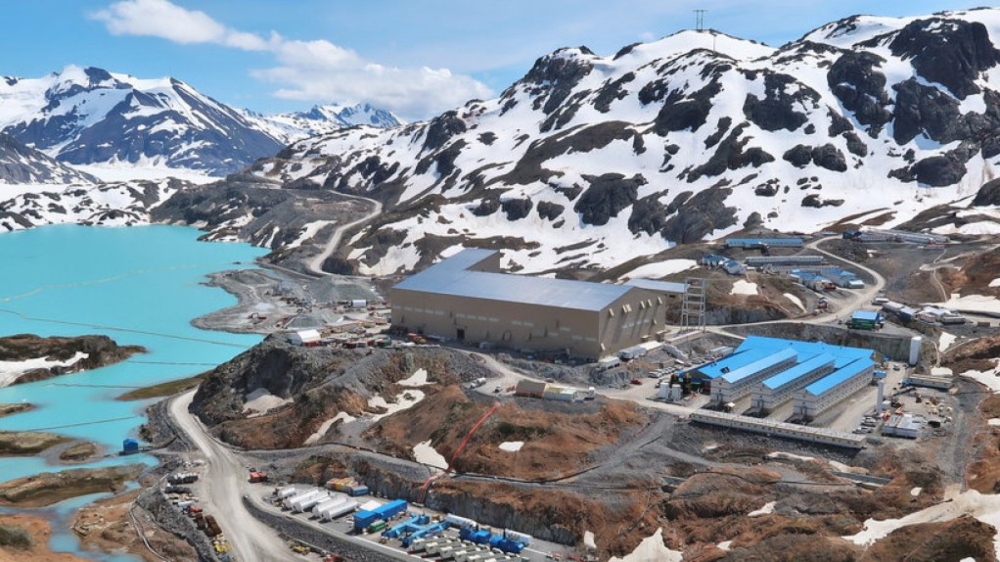Canada’s mining industry delivered solid growth in 2023, contributing C$117-billion, or 4% of GDP, and directly employing 430 000 people. However, the sector faces pressure from regulatory frustrations, infrastructure bottlenecks, and emerging trade tensions with the US, the Mining Association of Canada (MAC) said in its flagship ‘Mining Story 2025′ report.
While economic and geopolitical turbulence defined the global landscape, marked by high inflation, disrupted trade and political instability, Canada’s mining sector stood firm. Total mineral production reached C$71.9-billion in 2023, down slightly from the previous year but well above 2021’s C$58.6-billion.
The country remained a global leader, producing more than 60 minerals and metals from nearly 200 mines, including top global rankings in potash, uranium, niobium, palladium, and diamonds.
“Despite economic headwinds, mining continues to anchor the Canadian economy,” said MAC CEO Pierre Gratton. “But we cannot rest on our success: increasing national security concerns of Canada and its allies and the ongoing shift to a low carbon economy will require more minerals and metals than we produce now.”
Gratton stressed that without improvements to regulatory efficiency, Canada risks missing out on the generational opportunity presented by rising demand for low-carbon technologies. Demand for critical minerals, such as lithium, graphite, nickel and cobalt, is forecast to rise at least 71% by 2030, driven largely by clean energy and electric vehicle markets.
[More]




